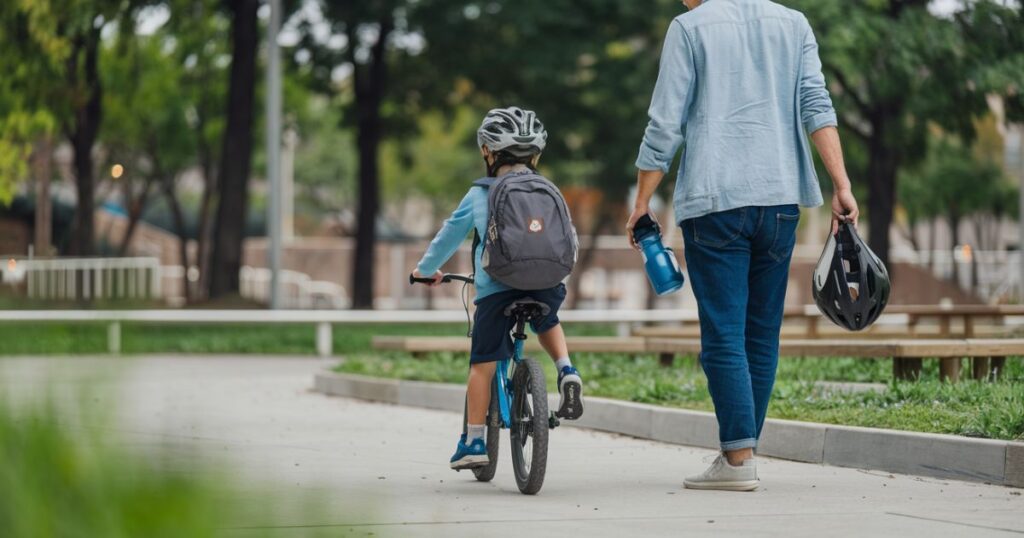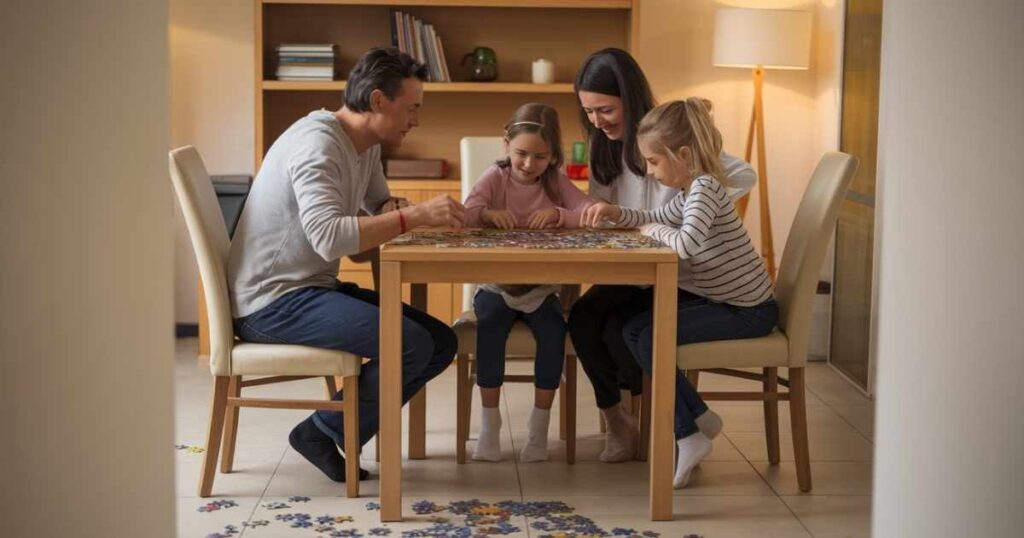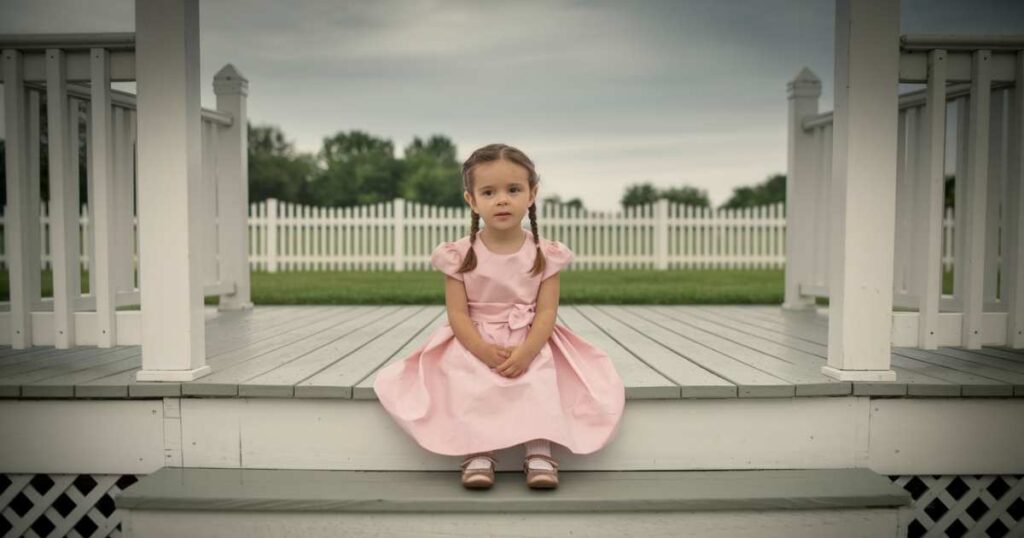Deciding when to let your child stay home alone is a significant milestone that requires careful thought. Balancing independence with safety is key, as it’s not just about age but readiness. Understanding when your child is prepared involves assessing their ability to handle emergencies, follow rules, and remain calm
Wondering when your child is ready to stay home alone? It’s a pivotal moment that blends safety, maturity, and confidence. Finding the right balance ensures that both you and your child are prepared for this new level of independence.
Overview of factors need to be taken into consideration
1. Purpose and Goals
Understanding the purpose behind any decision or project is crucial. Identify what you aim to achieve and how these goals align with your overall objectives. This clarity helps in focusing resources and efforts effectively.
2. Budget and Resources
Evaluate the financial and material resources available. A clear budget helps in determining the feasibility of a project and ensures that you can allocate resources efficiently without overspending.
3. Timeframe
Consider the time required to achieve the goals. Establish a realistic timeline that includes all phases of the project or decision-making process. This helps in managing expectations and ensuring timely completion.
4. Stakeholders and Impact
Identify all stakeholders involved and assess how the decision or project will affect them. Understanding their needs and concerns helps in minimizing conflicts and ensures that all perspectives are considered.
5. Risks and Challenges
Anticipate potential risks and challenges that might arise. Conduct a risk assessment to develop strategies for mitigating these issues and ensure that you are prepared for any unforeseen circumstances.
6. Legal and Compliance Issues
Ensure that all legal and regulatory requirements are met. Compliance with relevant laws and regulations is essential to avoid legal complications and maintain ethical standards.
7. Benefits and Outcomes
Evaluate the potential benefits and outcomes of the decision or project. Consider both short-term and long-term impacts to ensure that the benefits outweigh the costs and risks involved.
By taking these factors into account, you can make well-informed decisions and manage projects more effectively.
Also Read : how to cancel home chef
How to gauge if your child is ready for the responsibility
To gauge if your child is ready for responsibility, start by assessing their age and developmental stage. Younger children might not yet be equipped for complex tasks, while older children, typically around ages 10-12, often show signs of maturity that indicate readiness.

Observe their daily behavior; consistent completion of chores and adherence to rules are strong indicators of responsibility. Evaluate their problem-solving skills can they make decisions and handle challenges independently? Emotional maturity is also crucial; a child who manages emotions well and shows patience is likely ready for more significant responsibilities.
Discuss the tasks with your child, setting clear expectations and explaining their importance. Begin with small responsibilities, monitor their performance, and adjust as needed. Gradually increase responsibilities as they demonstrate readiness and competence.
Plan ahead
Start with Short Times
Starting with short times is a practical approach to preparing your child for being home alone. Here’s how to implement this strategy:
- Trial Periods: Begin with brief periods of alone time, such as 15 to 30 minutes, while you’re nearby. This helps your child adjust gradually and builds their confidence.
- Gradual Increase: As your child becomes more comfortable, gradually extend the duration of alone time. For instance, increase it by 30 minutes each week, monitoring their comfort and ability to handle the responsibility.
This step-by-step method allows both you and your child to assess readiness and address any issues before extending the time they spend alone.
Discuss Expectations
Discussing expectations is key to preparing your child for staying home alone. Clearly outline rules like locking doors and checking in, and explain why these rules are important. Address their questions and concerns to ensure they feel confident and secure.
Create a Safe Environment
To create a safe environment for your child when they’re home alone, check these key points:
- Child-Proofing: Secure sharp objects, electrical outlets, and hazardous materials.
- Safety Devices: Ensure smoke detectors, carbon monoxide detectors, and alarms are working.
- Locks: Check that all doors and windows have secure locks and are functioning properly.
- Emergency Contacts: Provide your child with a list of emergency numbers and how to contact you.
- Instructions: Clearly explain and post rules for handling emergencies and other important safety procedures.
Problem-solve together

Problem-solving together is crucial for your child’s readiness to stay home alone. By discussing potential issues and practicing solutions, you build their confidence and problem-solving skills. This helps ensure they can handle emergencies and other challenges independently.
Handling Emergencies
Handling emergencies is essential for a child staying home alone. Teach them how to call 911, use a fire extinguisher, and find emergency contacts. Practice these steps together to ensure they stay calm and know what to do in case of an emergency.
Managing Anxiety
Managing anxiety often involves identifying triggers and using calming techniques like deep breathing or mindfulness. Regular exercise and talking to someone you trust can also help. Remember, seeking support is a positive step towards feeling better.
Encouraging Responsibility
Encouraging responsibility helps kids grow and build confidence. Start with small tasks and offer praise to reinforce their efforts. Gradual steps and support teach them to handle bigger challenges with confidence.
Set the rules
These rules can be set up so that child may follow them and remain safe at home:
- Emergency Contacts: Keep a list of important phone numbers, including parents, neighbors, and emergency services, and know how to use them.
- Lock the Doors: Always keep the doors and windows locked when home alone to ensure safety.
- No Strangers: Do not open the door to strangers or share personal information with anyone over the phone or online.
- Follow a Schedule: Stick to a routine, including time for meals, homework, and relaxation, to stay organized.
- Phone Check-Ins: Call or text parents at scheduled times to let them know everything is okay.
- Use Appliances Safely: Follow safety rules for using appliances, such as not using the stove or oven unless instructed.
- Avoid Risky Activities: Refrain from engaging in activities that could be dangerous, like climbing on furniture or playing rough games.
- Keep Quiet: Maintain a low noise level to avoid drawing attention from neighbors or creating disturbances.
- Stay Inside: Do not go outside or invite friends over unless given specific permission and instructions.
- Report Issues: Notify parents immediately if anything unusual or concerning happens, like a strange noise or a problem with the house.
FAQs
What is the youngest age to stay home alone?
The youngest age to stay home alone varies, but most experts recommend not leaving children alone before age 12 for short periods.
How can I assess if my child is ready to stay home alone?
Evaluate their maturity, safety knowledge, and comfort level with being alone.
What should I do if my child feels anxious about being home alone?
Gradually increase alone time and provide reassurance and safety guidelines.
Conclusion
Determining the right age to leave kids home alone depends on their maturity and readiness. Most experts recommend starting around age 12 for short periods, but individual readiness can vary widely. Assessing your child’s comfort level and ability to follow safety guidelines is crucial.
Begin with brief periods alone and gradually increase the time as your child demonstrates responsibility. Ensure they know basic safety procedures, like locking doors and using emergency contacts, and always provide reassurance and support to build their confidence.







